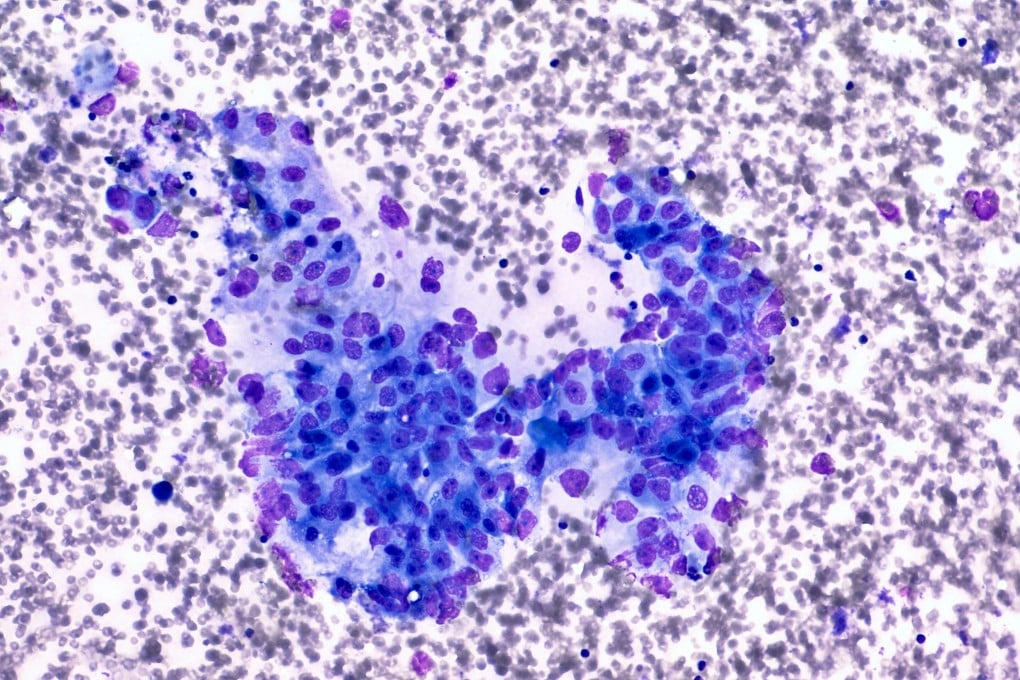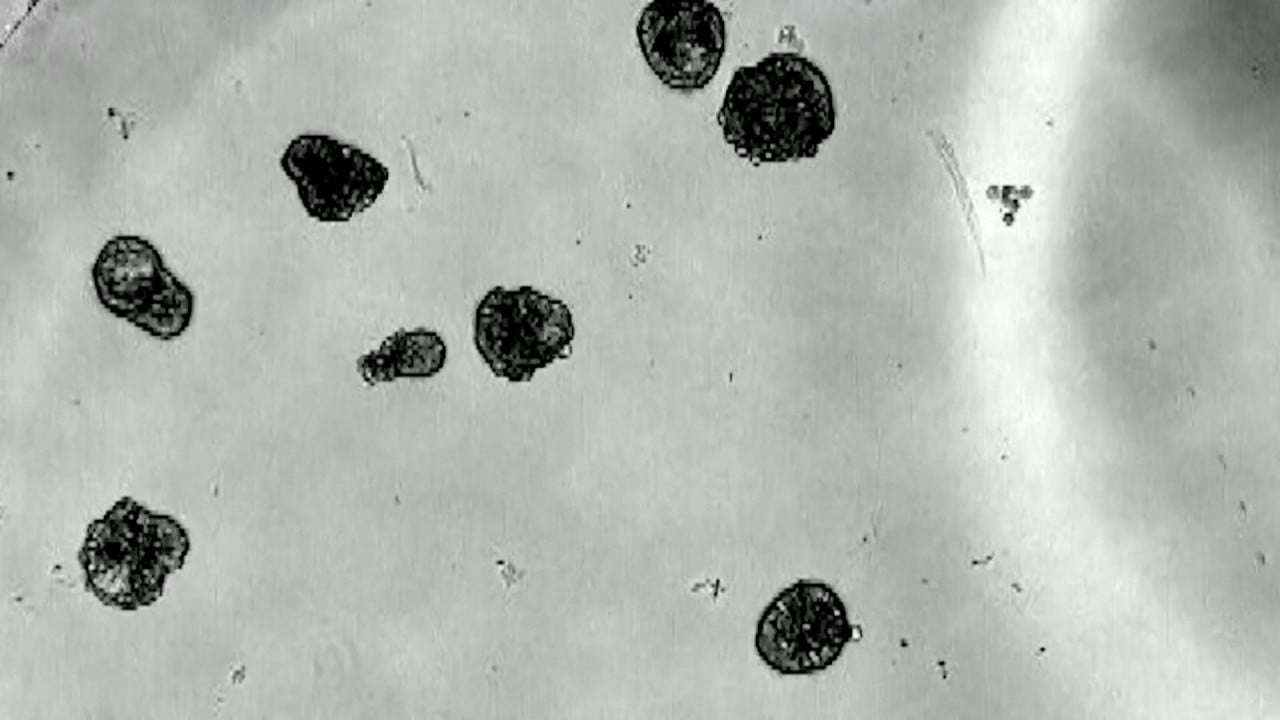Chinese scientists’ discovery could improve pancreatic cancer patients’ survival rate
- Pancreatic ductal adenocarcinoma causes around 466,000 deaths a year, predicted to become second leading cause of cancer-related deaths by 2030
- Team constructs model for pancreatic cancer prognosis and reports identification of two important protein biomarkers

Pancreatic cancer is rarely diagnosed in its early stages when the chances of being cured are greatest. It has an average five-year survival rate of less than 10 per cent.
A Chinese study enrolled 1,171 patients with pancreatic ductal adenocarcinoma (PDAC) – the most common subtype of pancreatic cancer that accounts for more than 95 per cent of all cases – and provided extensive follow-up.
PDAC causes around 466,000 deaths worldwide each year and is predicted to become the second leading cause of cancer-related deaths by 2030.
The Chinese team sequenced the proteome – the complete set of proteins expressed by an organism – and the transcriptome – which describes the set of mRNA transcripts produced in a given cell or tissue type – of 191 patients with more than three years of follow-up. This allowed them to successfully construct a model for pancreatic cancer prognosis and they then reported the identification of two important protein biomarkers: NDUFB8 and CEMIP2.
The study was co-led by scientists and doctors from institutions including Ruijin Hospital, part of the Shanghai Jiao Tong University School of Medicine, and Changhai Hospital in Shanghai.
It was initially published online in the peer-reviewed journal Nature Medicine on January 29, but was formally published as a cover article in the latest issue on March 19.
